Blender Sculpting and Animation Progress
Blender Sculpting and Animation Progress
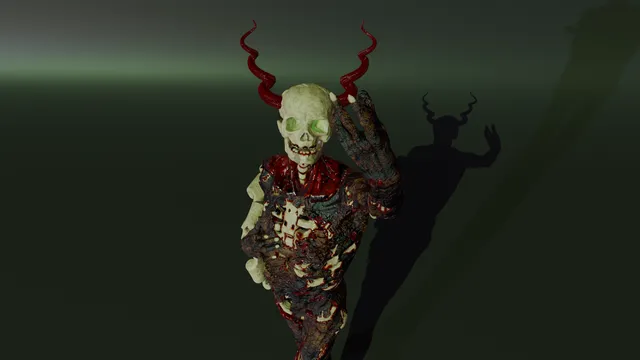
Introduction
I have been interested in art and videogames for a long time and have previously worked for a video game company (MPlex-VR now defunct). I have mostly done hard surface modeling in the past and wanted to be able to design a complete scene, so for the past year I have been learning some of the more advanced tools in blender like Geometry Nodes, Texturing, Materials, and Sculpting. This page is a compilation of the projects I have completed.
I am definitely more skilled in programming than art but I have found it useful to go through this process to really learn things like human anatomy, compositon, color theory, and how understand why something looks wrong or looks good.
Portfolio
Texturing and Geometry Nodes
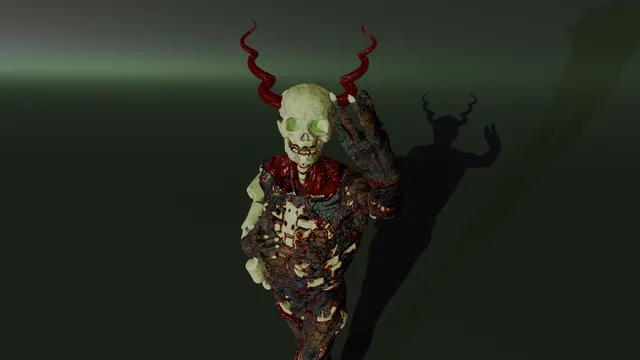
This project used a 3D scan of Le Transi De Rene De Chalon by Ligier Richier (1545) as the base model. I then UV unwrapped and textured the sculpture using vertex painting and some public materials on BlenderKit. I also removed the scroll and right arm in the final animation and replaced it with a copy of the left arm mirrored and re-attached. The idea ebhind the animation was that there would be a gem or source of power that awakens the Demon King and slowly turns the marble statue into a half-dead monster. Once the skin texturereaches the eyes and mouth, blood starts seeping from his trachea and eye sockets. The blood trails, eye veins, horns and eyes were all made to “grow” or “fall to the ground” using Geometry Node paths and vertex groups representing visible or invisible materials. So you should think of it at the start that the growing objects are already in the scene but invisible. The horn geometry was made again through Geometry Nodes, making an array of a sculpted spheres follow a path and shrink as they get farther from the starting point.
Sculpts
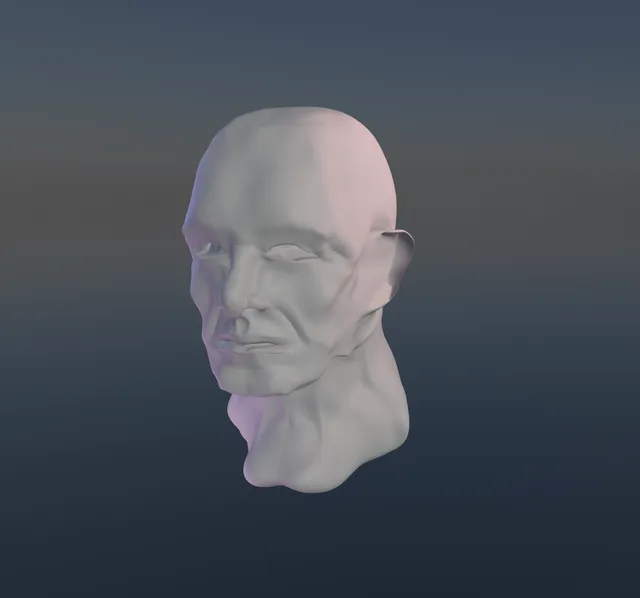
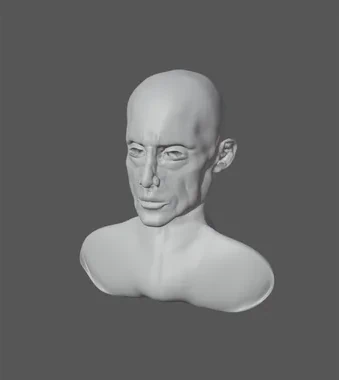
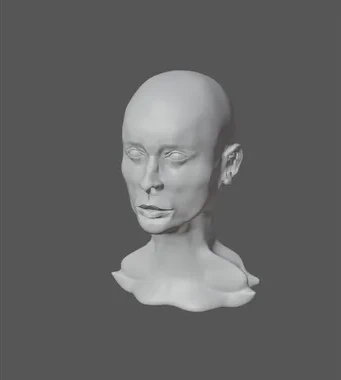
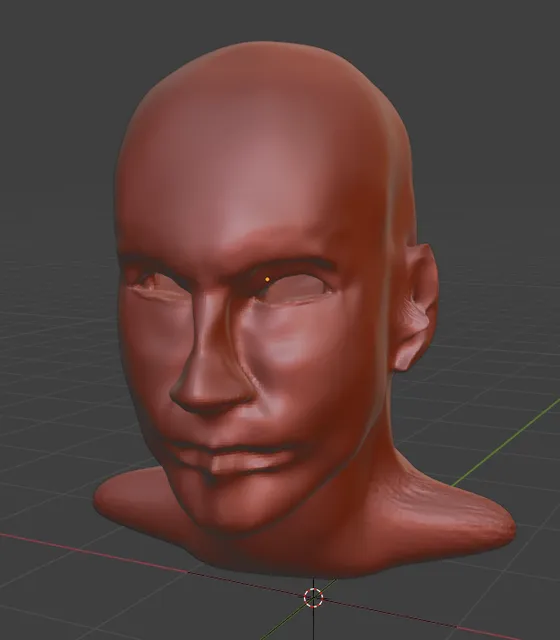
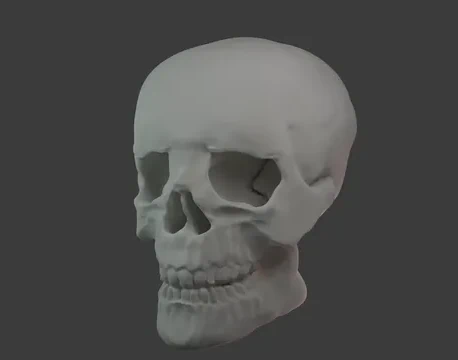
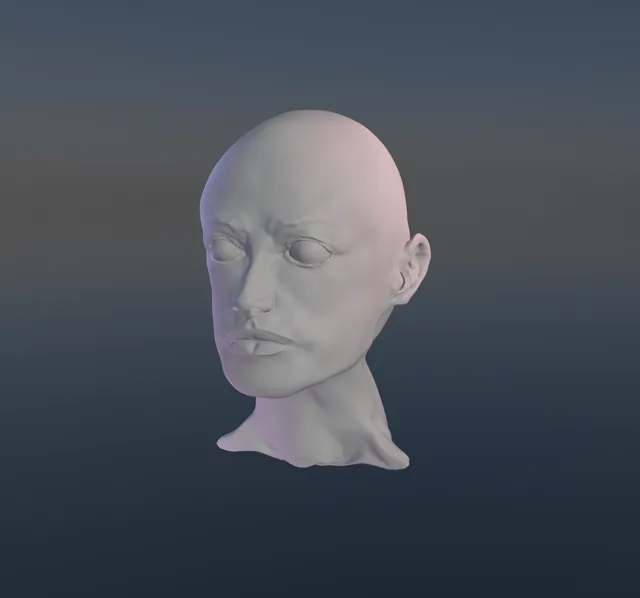
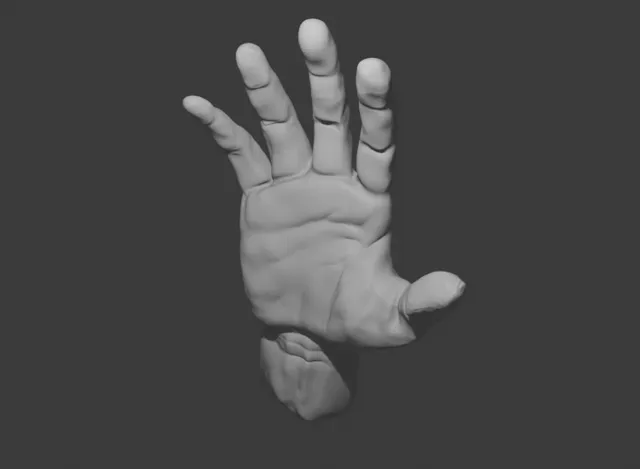
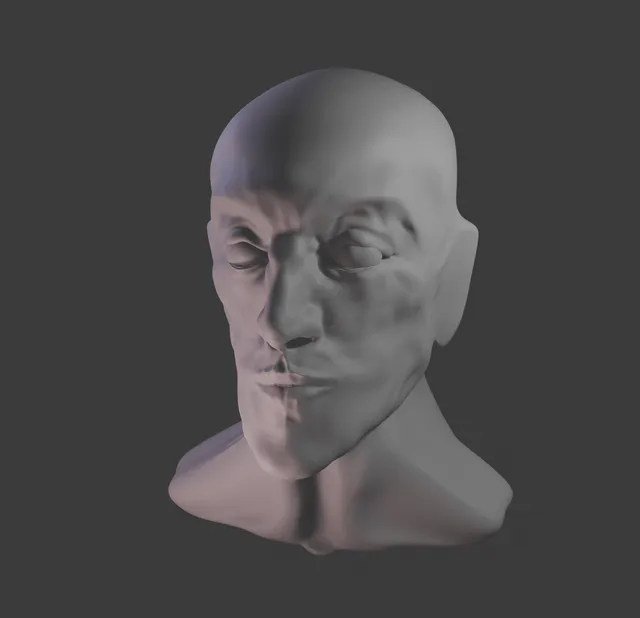
This one was especially hard since I was wroking from the Tri-fold portrait by Van Dyke. You can tell that his chin is much too large and his nose and brow extrude too much from his face. In rank order of difficulty it goes: from another sculpture, from a photo reference (think like a mugshot), from a natural photo, and hardest of all is from a stylized art piece like paintings, drawings, etc.
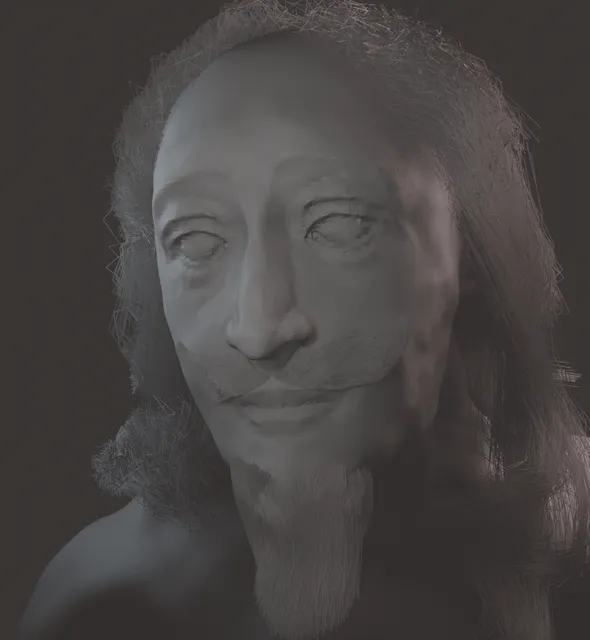
I used a 3D scan of a sculpture from the British Royal Society as reference here and am starting to experiment with hair.
Clothing
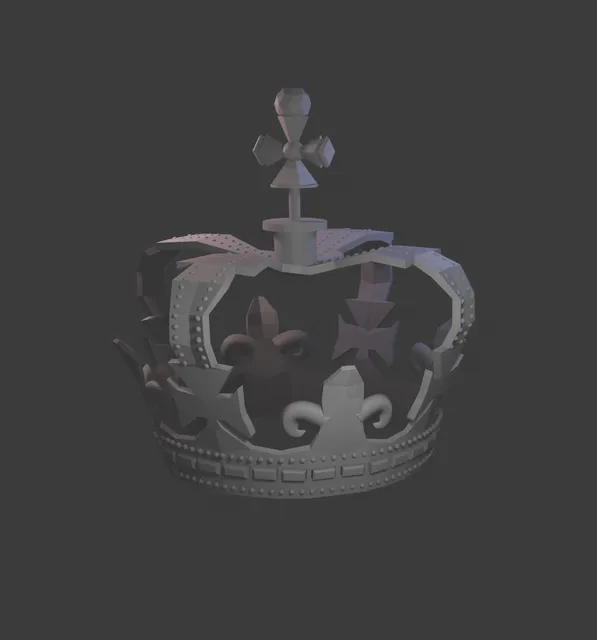
Weapons
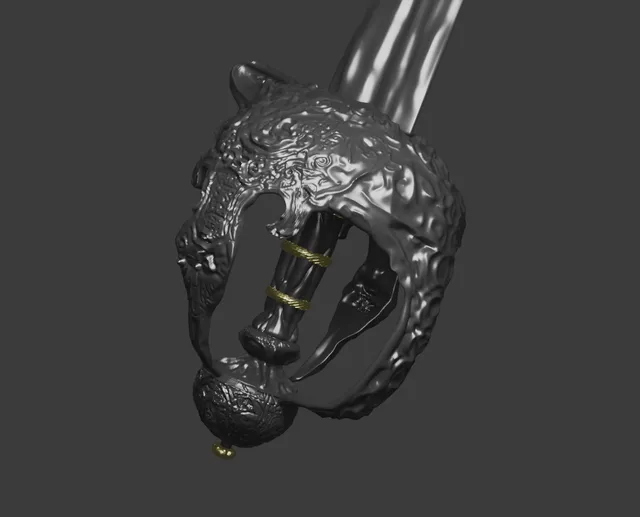
Interestingly this style of sword used throughout the 17th century had portriats of King Charles I (and other notable figures in the Civil Wars) embeded in the hilt. Some Royalist Cavalry officers used the portrait to as a sign of rebellion against the parlimentary government that executed the King at the conclusion of the Civil War.
I have used smoke before, but never particle effects like you see appearing from the muzzle flash and when the flint hits the steel. The sound used in the video is actually from a musket.
Terrain
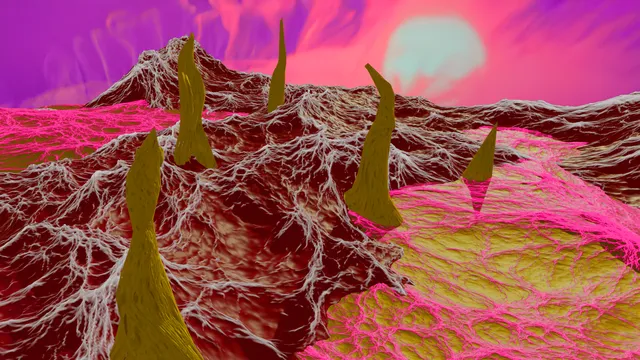
I was looking online for a picture representing the spiky and swirling structures from the book Solaris by Stanislaw Lem (1961) and subsequent movie by Andrei Tarkovsky (1972). The movie has some cool visuals of swirling chemicals and fog that are supposed to represent the titular planet but dont really come close to the descriptions from the novel. I havent seen the American remake but Google Images didn’t bring up anything very compelling visually. This was the best I could come up with trying to replicate a smooth version of the hyberbolic dodecahedron in order to represent the thinking patterns of the living planet.

When thinking about conciousness, many people engage in magical thinking, that the human or animal brain has inherent qualities to it that make it the unqiue form that could support a concious being. However, if we expand conciousness to include all processes that can make desicions and express preferences about the world, then what form factors should we search for extra-terrestrial conciousness in? For example, If you scaled the neurons in your brain to be 100x their size, would your brain cease being a brain? What about if you continued to scale the neurons till they were the size of boulders and the enitre brain was the size of a planet? Probably there would be other problems that your new mega-mind would have: like they may burst since the surface area to volume ratio of the cell would get too high for the cell wall strength, or your thinking would be extremely slow since electrons have the same speed but must now travel much farther for the same amount of computation, etc. But, when we start thinking this way, what are the conciousnesses that we are unable to see since they are outside the scope of what we consider possible or probable? When we search for extra-terrestrial life, like for example in the Kepler satellite program, what assumptions are we inserting into our experiments? It is probably a good starting point to search for the chemicals we know allow for life on Earth, but what other life patterns are we ignoring if we stop there?


